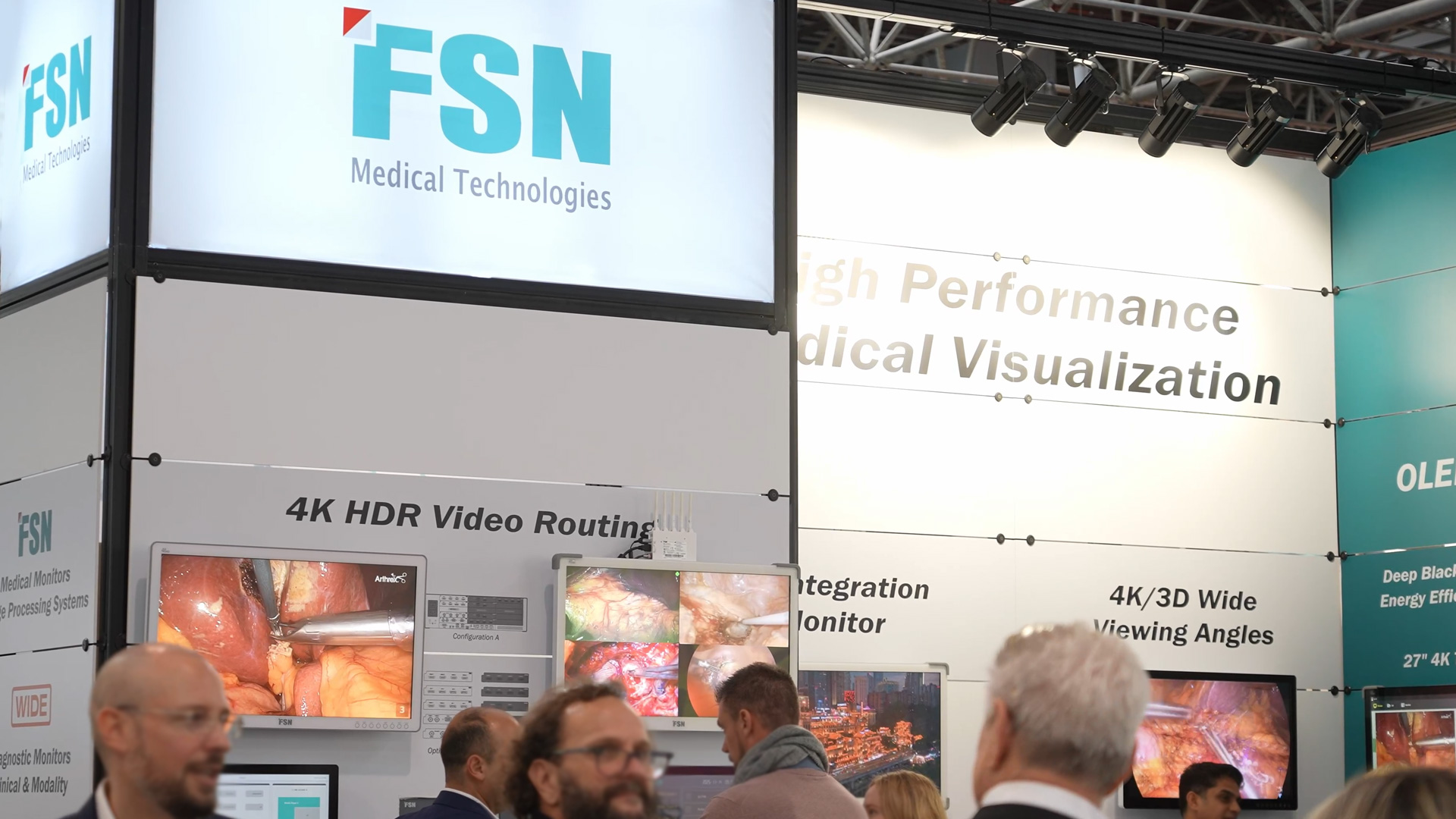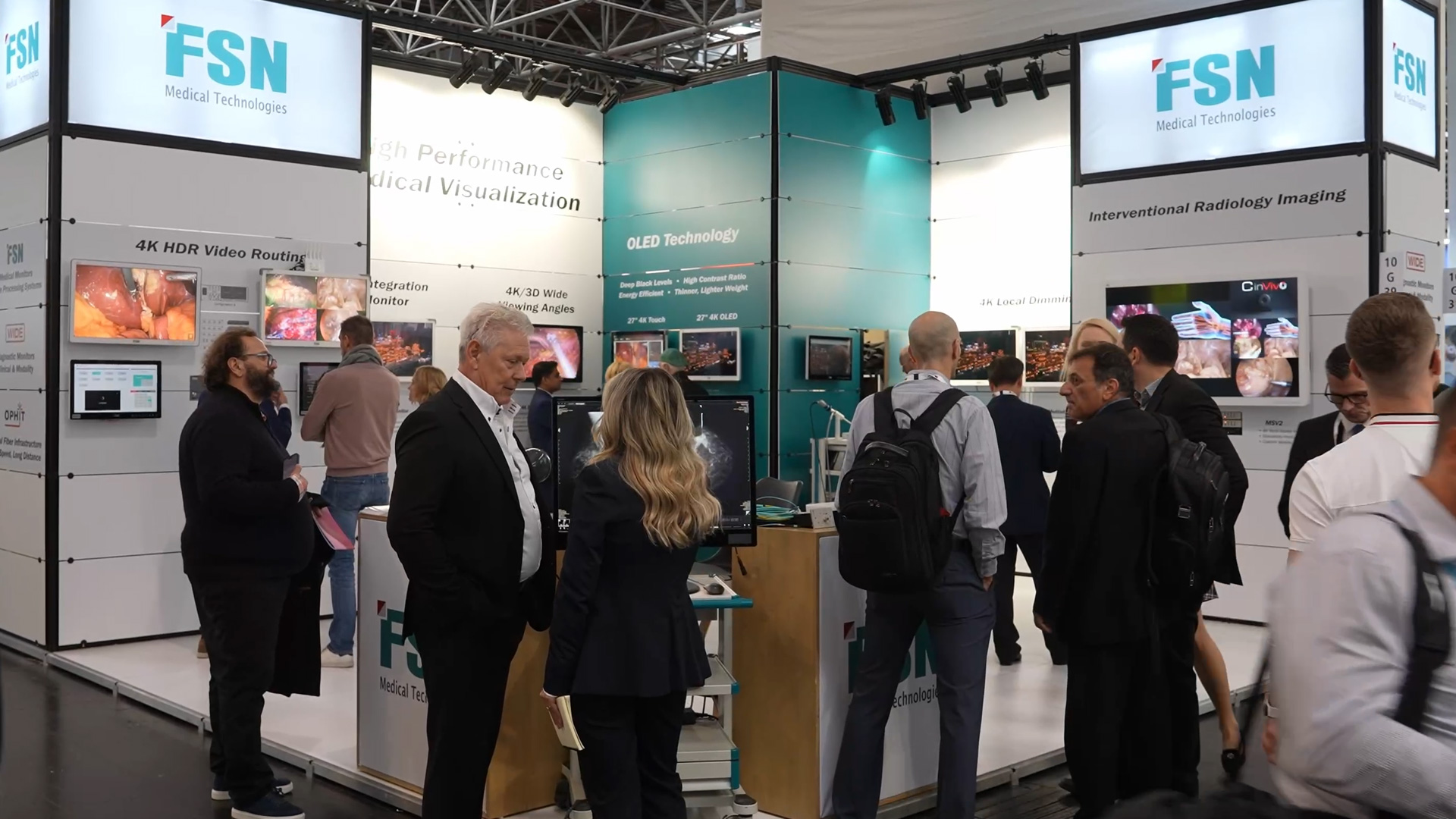At Medica, Foreseeson is presenting a generation of Mini LED monitors that technically enhance classic LCD monitors and enable significantly more precise display in operating room environments. The systems combine higher brightness with enhanced contrast and stable color fidelity. Visual quality becomes particularly important in situations where procedures cannot be performed in a completely darkened room. Mini-LED provides a display that supports surgical decisions and facilitates orientation.

The caption describes Mini-LED as an advancement in which finely controllable dimming zones differentiate the image structure. Foreseeson uses this approach for monitors that deliver brighter highlights, more stable color gradients, and improved depth perception. For clinical work, this means that tissue, vessels, and transitions are more clearly visible. The higher luminance also helps in operating rooms that cannot be completely darkened—an everyday scenario in many clinics.

A central theme of the caption is ghosting, i.e., slight shadows or auras around contours. Foreseeson achieves a significant reduction in these artifacts with Mini-LED. While OLED completely avoids ghosting, Mini-LED reduces it to a level that is barely noticeable in everyday clinical practice. This makes even the finest instruments and rapid movements appear smoother and clearer. This effect is particularly noticeable in endoscopy and microsurgery, where any visual disturbance can impair orientation.

Foreseeson emphasizes that mini-LED is particularly useful in endoscopic and pathological environments. Endoscopy cameras do not have their own display, so the external monitor acts as the primary image source. Mini-LED provides the necessary combination of resolution, brightness, and color dynamics. With HDR (High Dynamic Range), bright areas become more differentiated, dark areas more structured, and reflections more controllable. The caption suggests that this display quality can be crucial for complex anatomical situations.

Another part of the caption explains why new display technologies arrive later in medical technology than in the consumer sector. Like other providers, Foreseeson must comply with extensive approvals and regulatory requirements. While monitors in private households are replaced after a few years, medical devices often remain in use for decades. Development and testing processes take correspondingly longer, and technical stability for long-term use is a high priority. That is why innovations such as 3D display and mini-LED are slow to reach clinical practice.
The caption draws a comparison with 3D displays: Present in electronics stores many years ago, but only recently established in medical applications. Mini-LED is following a similar path. Foreseeson is now integrating the technology into systems that are approved for surgical environments and can be operated over the long term. The transfer from the consumer sector to medical technology is thus becoming visible—a process that takes time but is crucial for stable clinical procedures.